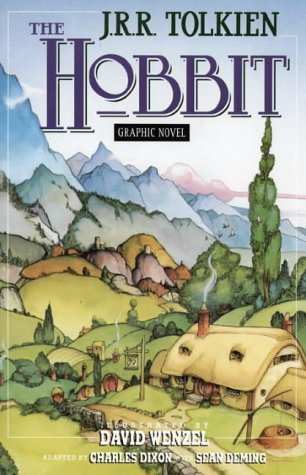I’ve long been a huge fan of Will Richardson. One of his earlier books — Blogs, Wikis, Podcasts and Other Powerful Web Tools for the Classroom — helped shape my own thinking about the practicality, practice and the pedagogy of integrating technology into my classroom in meaningful ways. I’ve passed that book along to many a teaching friend, and I continue to read with interest any of the blog posts and magazine columns that Richardson puts out. So, I was intrigued by his newest ebook, Why School? How Education Must Change When Learning and Information Are Everywhere.
Richardson writes in a clear and passionate voice in this book about the need for schools to make the shifts necessary for young people to become engaged in learning with the world and to set establish educational goals that make sense in their lives. Standardized testing? Not so much. In Why School?, Richardson keeps the message mostly positive, acknowledging the difficulties that educational leaders are having in coming to grips with the surprisingly fast pace of change in the world due to informational explosion and connectivity. His central term and idea here is “abundance” — as in there are information sources all over the place, accessed from many different devices and points and time by many people, and it is more important to be teaching our learners how to navigate and access that abundance than it is to drill/kill them on facts that can be easily found with a simple search engine query.
“Remaking assessment starts with this: Stop asking questions on tests that can be answered by a Google search.”
Richardson, Will (2012-09-10). Why School?: How Education Must Change When Learning and Information Are Everywhere (Kindle Single) (Kindle Locations 331-332). TED Conferences. Kindle Edition.
He makes it clear that we shortchange our children when we don’t use all available means to:
- reach out the expertise in the world ready to help young people learn (scientists, mathematicians, etc.)
- learn as teachers along with our students and make that learning visible
- develop authentic activities with real goals where skills are transferable to multiple areas
- use technology and media wisely, and for creating and connecting
- tap into the surprisingly dense literacies of our students (ie, gaming, etc.)
There are any number of passages that I highlighted in the book, and here is one that stuck out for me because it reminds us to ignore that old dichotomy of native/immigrant, and understand that teachers are needed as never before:
“Access doesn’t automatically come with an ability to use the Web well. We aren’t suddenly self-directed, organized, and literate enough to make sense of all the people and information online — or savvy enough to connect and build relationships with others in safe, ethical, and effective ways. Access doesn’t grant the ability to stay on task when we need to get something done. No matter how often we dub our kids “digital natives,” the fact is they can still use our help to do those things and more if they are to thrive in the abundance of their times.”
Richardson, Will (2012-09-10). Why School?: How Education Must Change When Learning and Information Are Everywhere (Kindle Single) (Kindle Locations 169-173). TED Conferences. Kindle Edition.
Want more? You can also see the interview that Richardson did over at the blog for TED (which is a publisher of Why School?) If you are interested in what shape schools should be taking (as opposed to the shape they are taking, influenced mostly by the business community and education textbook establishment), then Richardson is someone to listen to and his message is something to think about, and act on.
Peace (in the sharing),
Kevin



